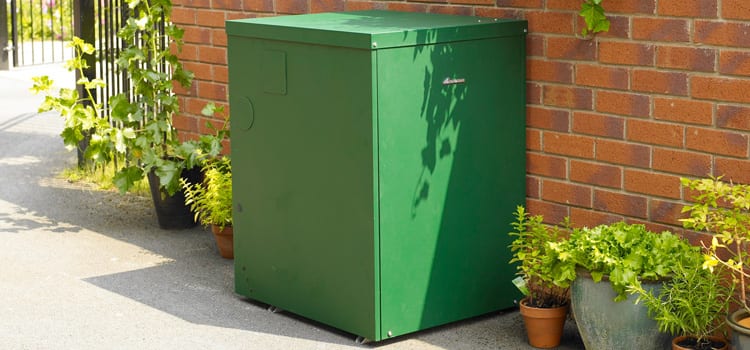Annual Oil Boiler Service Checklist

It is highly recommended that you get your oil boiler serviced once per year and the engineer should follow the steps in the oil boiler service checklist. An oil boiler service guarantees that your heating system is running at its optimum levels of efficiency and makes sure that no oil (and, to that end, money) […]